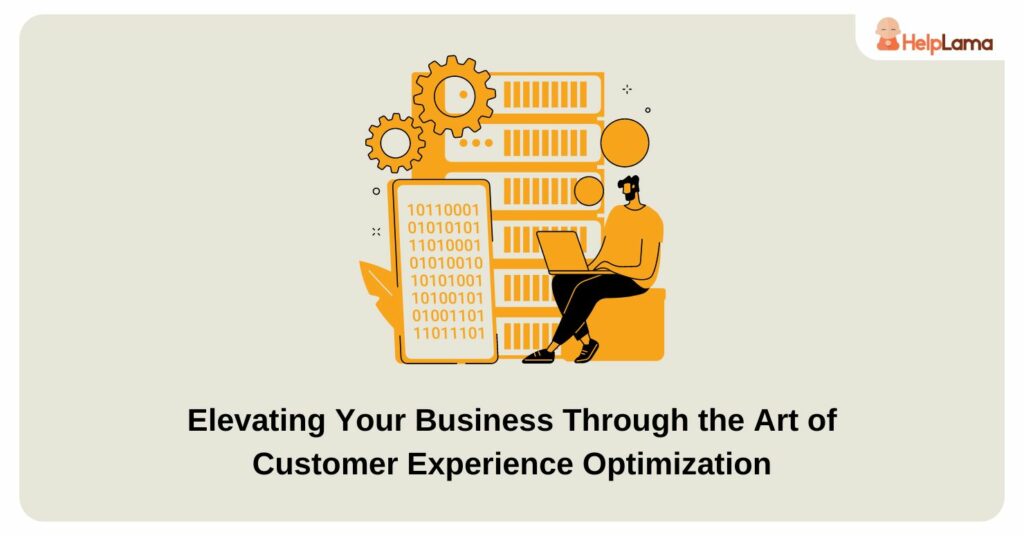Last Updated: January 2026
Customer experience optimization is crucial in today’s competitive market. Research indicates that businesses focusing on superior customer experiences outperform their competitors by 80% in revenue growth. Therefore, integrating a comprehensive strategy for customer experience is essential for long-term success.
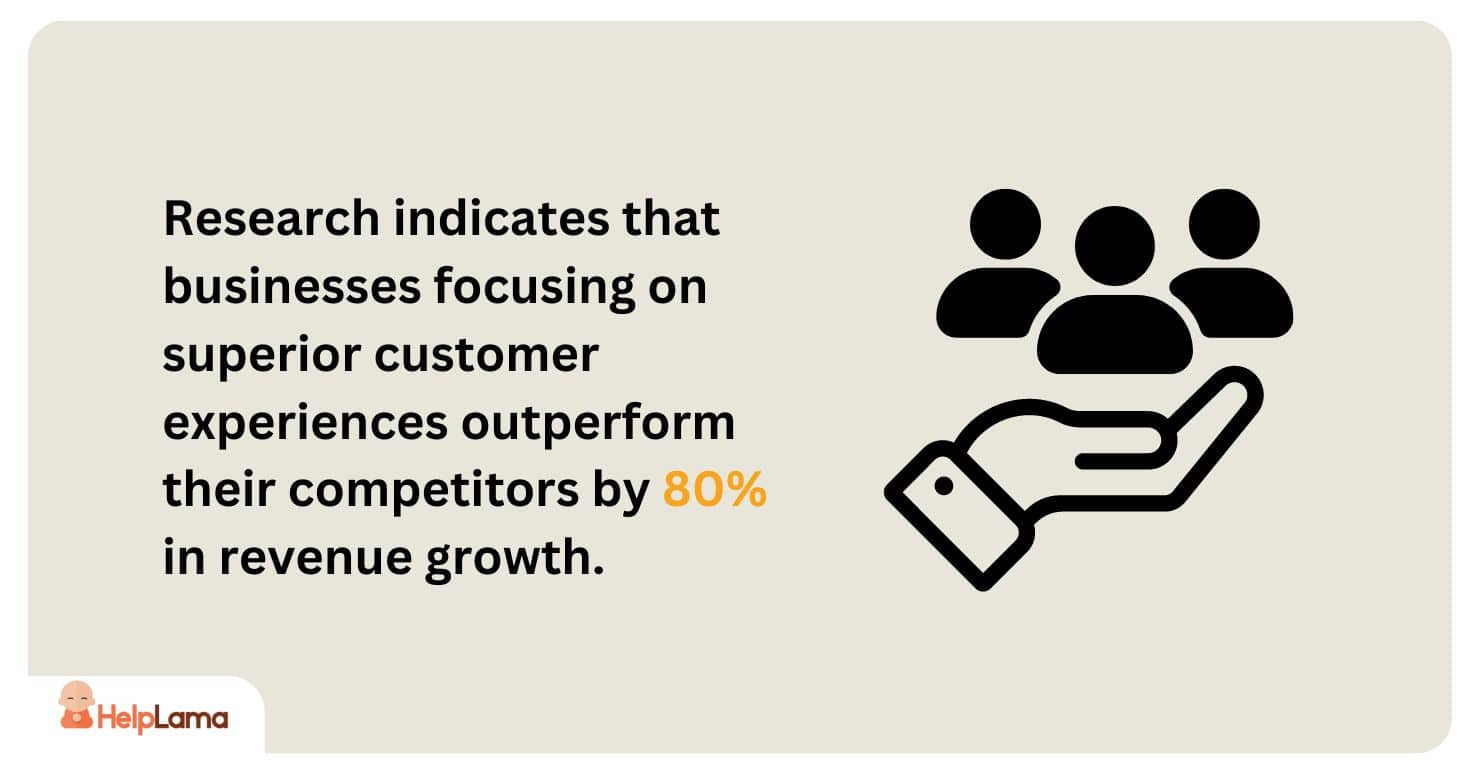
When customers are better cared for in the customer experience optimization, the customers become more loyal, the conversion rates rise, and the word-of-mouth marketing becomes more effective. The businesses that place customer satisfaction at the center of their activities obtain the best results in terms of customer loyalty and overall company performance.
Table of Contents
- Understanding Customer Experience Optimization
- Evolution of Customer Experience Optimization
- The Importance of Customer Experience Optimization in a Digital Strategy
- Developing a Customer Experience Optimization Strategy
- Measuring the Impact of Customer Experience Optimization
- The Role of Technology in Customer Experience Optimization
- Saufter for AI-Powered Chatbot
- Conclusion
Understanding Customer Experience Optimization
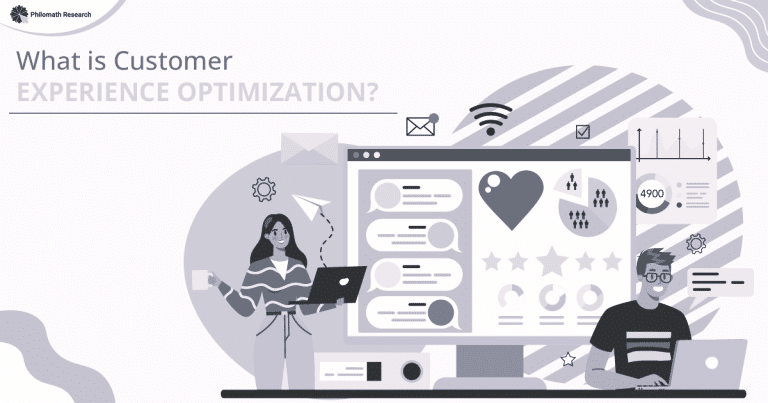
Customer experience optimization refers to the process of permanently improving every point of customer contact, from the pre-sales consult to the post-sales support. This requires a solid grasp on the needs and behaviors of customers, collected through several means, in order to develop personalized and targeted interactions.
The Main function in customer experience optimization is to collect and analyze customer data. This includes the application of tools such as customer relationship management (CRM) systems, web analytics, and social listening platforms to gather data on customer interactions and feedback. Through this data analysis, companies can pinpoint behaviors and trends that indicate customer difficulties cloud and therefore areas of improvement.
Evolution of Customer Experience Optimization
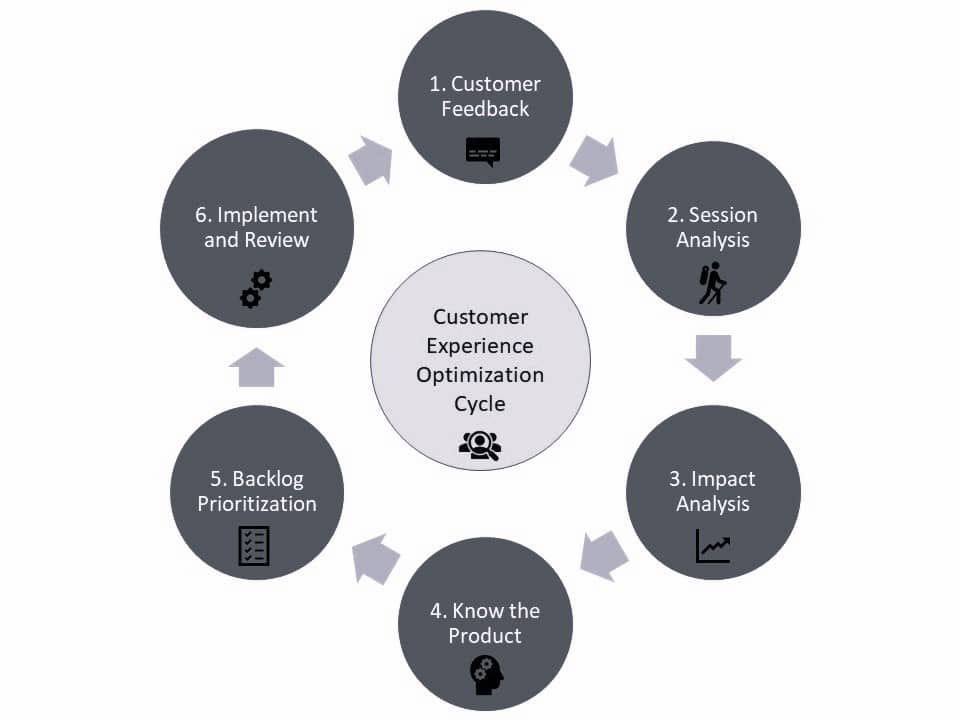
In the past, customer experience was based mainly on offline direct interactions from a customer visiting a store to use phone services. Businesses have adapted their strategies to suit digital channels, including websites, mobile applications, and social media platforms, in line with the growth of digital channels. The use of technologies such as AI and machine learning have become more important in providing a personalized experience, which has, in turn, made companies like Amazon and Netflix trailblazers in customer satisfaction.
Investing in customer experience optimization is financially beneficial, with businesses boasting superior customer experiences enjoying higher customer retention rates.
The Importance of Customer Experience Optimization in a Digital Strategy
1. Improving Customer Satisfaction
Providing a tailored, smooth experience at the different points of the customer journey has the effect of developing strong bonds and increasing satisfaction. For example, the onesie’s shopping cart and individualized recommendations of Amazon’s have greatly increased customer loyalty.
2. Driving Revenue Growth
Perfecting the customer experience can be a way of gaining more conversion rates and increasing the average order values. A website that is easy to use and includes detailed product descriptions and fast load times can be the reason for the increased sales. Moreover, personalized upselling and cross-selling could also be the reason for increased revenue.
3. Reducing Costs
Efficient customer experience implementations can be a way to minimize costs by avoiding service requests from customers. Product information that is accurate and easily understood and quick and simple checkout steps will minimize the number of inquiries and returns. AI-powered chatbots can answer routine questions, which in turn allows human agents to deal with the more complicated issues.
4. Staying Competitive
In this era of technology, clients anticipate uniform and customized interactions through all platforms. Businesses need to constantly observe and improve the customer experience to meet these demands and stay competitive.
Developing a Customer Experience Optimization Strategy
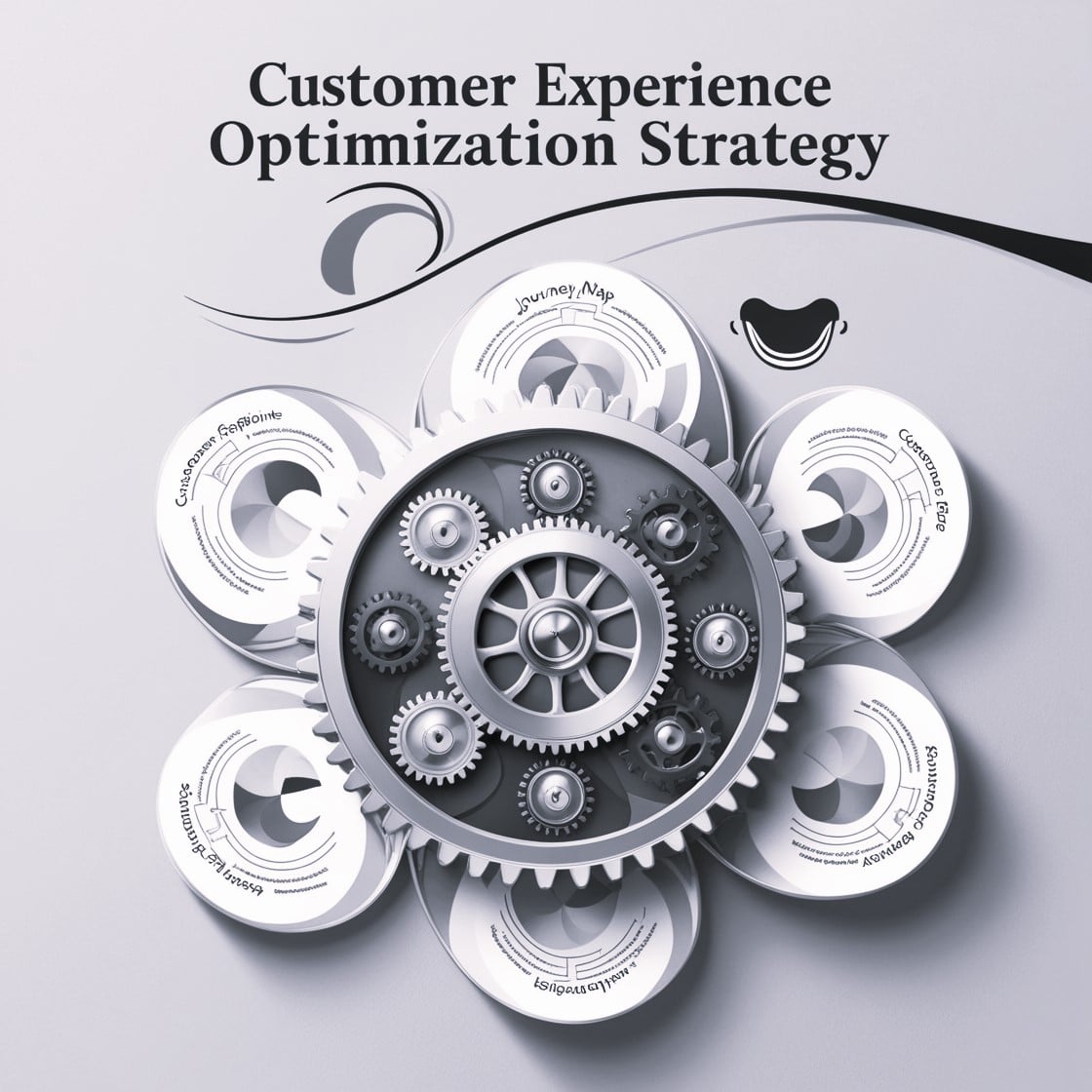
1. Defining Objectives
Clear, well-defined objectives are crucial for a successful customer experience strategy. Using the SMART framework (Specific, Measurable, Achievable, Relevant, Time-bound) helps set and achieve these goals. Objectives should align with customer expectations, such as creating personalized and humanized experiences.
2. Understanding the Visitor Journey
Analyzing the visitor journey involves tracking customer behavior across various touchpoints, including websites, mobile apps, and social media. This analysis helps identify potential improvement areas. Tools like heat maps can reveal customer interaction patterns and pain points, guiding optimization efforts.
3. Optimizing Across All Touchpoints
Creating a strong brand identity and ensuring that the communication is consistent across channels are imperative. Customized articles and suggestions motivate the customer to engage more. The online channels have to be simple and straightforward, in order to guarantee an uncomplicated experience.
4. Prioritizing Opportunities
It is important to discover and to set out the projects depending upon their proffered effect on the consumer’s experience. Customers’ feedback surveys, website analytics, and social media listening can uncover pain points. Besides, focusing on the most decisive problems, for instance, poor navigation or delays, can be a real game changer for the customer satisfaction ratings.
5. Hypothesizing New Ways to Improve Visitor Experience
Innovation and consistent testing are the most necessary factors in the enrichment of the customer experience. The companies have to come up with new ideas and test them out with the customer feedback and data at hand. This process of iteration is the basis for constant improvement and change in accordance with the customer’s needs.
6. Using Personalization as a Strategy
Personalization personalization refers to the use of customer data in the creation of personalized experiences. Offering personalized recommendations, targeted ads, and customized content on different channels can vastly improve the customer experience.
7. Gathering Customer Feedback
The process of getting input from the customers by the company helps develop the knowledge about the operation of the experience. Feedback can be gathered via tools given to customers, feedback forums, as well as social media. Feedback analysis and implementation are the important points for continuous development.
8. Testing and Iterating
Testing and iterating are epitomes for moving the customer journey towards the optimal experience. A/B split testing and multivariate testing allow optimizing the web images and converting the potential visitors to buyers. User testing enables you to get insights directly and bridge the gap highlighting the areas that need improvement. Continuous testing and iteration facilitate the customer engagement strategies to be both effective and relevant over time.
Measuring the Impact of Customer Experience Optimization
Linking customer experience optimization with business metrics is essential to demonstrate its value. Key metrics to monitor include customer satisfaction, conversion rates, and retention rates. The measurement of customer satisfaction is made through surveys and feedback forms, which show how well your strategies match the needs of customers.
Conversion rates are a way of analyzing if your website and marketing efforts are efficient in converting visitors to customers. Customer retention rates indicate the extent to which you are able to retain customer loyalty for a particular period. Through the constant monitoring of these metrics, businesses are able to find the trends and the areas that need improvement.
As an example, a decrease in conversion rates may be a sign problem issue with website usability, while the retention rates may be decreasing due to problems with post-sale support. Dealing with these areas first so that a constant and top-level customer experience can be ensured. Sophisticated analytics tools and customer relationship management (CRM) systems can also help in the monitoring of these metrics.
Recommended Reading- How to Create a WhatsApp Bot For Your Business & Test It in Real Time!
The Role of Technology in Customer Experience Optimization
Technological advancements have revolutionized customer experience optimization. AI and machine learning enable businesses to analyze customer data in real-time, providing insights that inform personalized interactions. These technologies allow for the automation of tasks, such as personalized product recommendations and predictive customer behavior analysis, which enhance the overall customer experience.
1. AI and Machine Learning
AI as well machine learning are the bedrock of customer management. They assist organisations in predicting trends and preferences, as well personalising interactions. For instance, AI algorithms can look at purchase history and browsing behavior to suggest products that fit individual customers. All these personalized communication help improve customer satisfaction as well as loyalty.
2. Chatbots and Virtual Assistants
Chatbots and Virtual Assistants are also helpful to maximize the efficiency of customer service by taking care for routine inquiries with quick response. This enables the customers to get help at any time and they are accessible 24/7 as well. Not only does this cut down on wait times (and helps with faster customer support resolution), but also allows human agents to tackle more difficult questions, leading itself into the seamless and efficient process of a customers service supporting system.
3. Advanced Analytics Tools
Advanced analytics tools monitor the behavior of customers across numerous digital touchpoints whereby include websites, mobile apps, and social media. They gather information about customer behavior and preferences, along with feedback that allows you to understand where customers are struggling or frustrated. Insights that companies gain from this analysis can help to sharpen their strategies and deliver a more integrated customer service experience.
4. Personalization Technology
CRM systems and marketing automation platforms help businesses create tailored, targeted campaigns. These systems all aggregate customer data from various sources to give you a 360-degree view of every single one. It also allows businesses to send personalised messages and offers so they can target their customers in a more personal way, which improves the customer experience.
5. Real-Time Data Processing
Real-time data handling features help businesses quickly react to consumer behaviors. For instance, when a customer leaves an incomplete shopping cart real-time data can trigger off automatic email alert immediately likewise provide personalized offer for them to complete that purchase. Being prompt and getting back to the customers quickly can go a long way in increasing conversion rates, thus enhancing customer experince.
6. Predictive Analytics
Using historical data to predict future behavior of a customer Businesses can foresee what customers are going to want and get ahead of possible problems using this technology. Or how predictive analytics can pinpoint exactly when a customer is on the verge of churning, and give the business ample time to take corrective action.
Let us now introduce the best customer service provider platform – Saufter.io
Saufter for AI- powered Chatbot

Saufter is an innovative platform specifically designed to build AI-powered chatbots. It combines an intuitive user interface with advanced AI capabilities, making it ideal for beginners and experts alike.
- User-friendly Interface: Saufter’s drag-and-drop editor allows for quick and easy chatbot design without any coding skills required.
- Advanced AI Capabilities: With built-in machine learning and natural language processing, Saufter can understand and respond to complex user queries effectively.
- Integration Flexibility: Saufter supports integration with multiple platforms including websites, social media, and messaging apps, ensuring your chatbot is available wherever your customers are.
- Analytics and Feedback: Saufter provides comprehensive analytics and feedback tools, helping you continuously improve your chatbot’s performance.
Conclusion
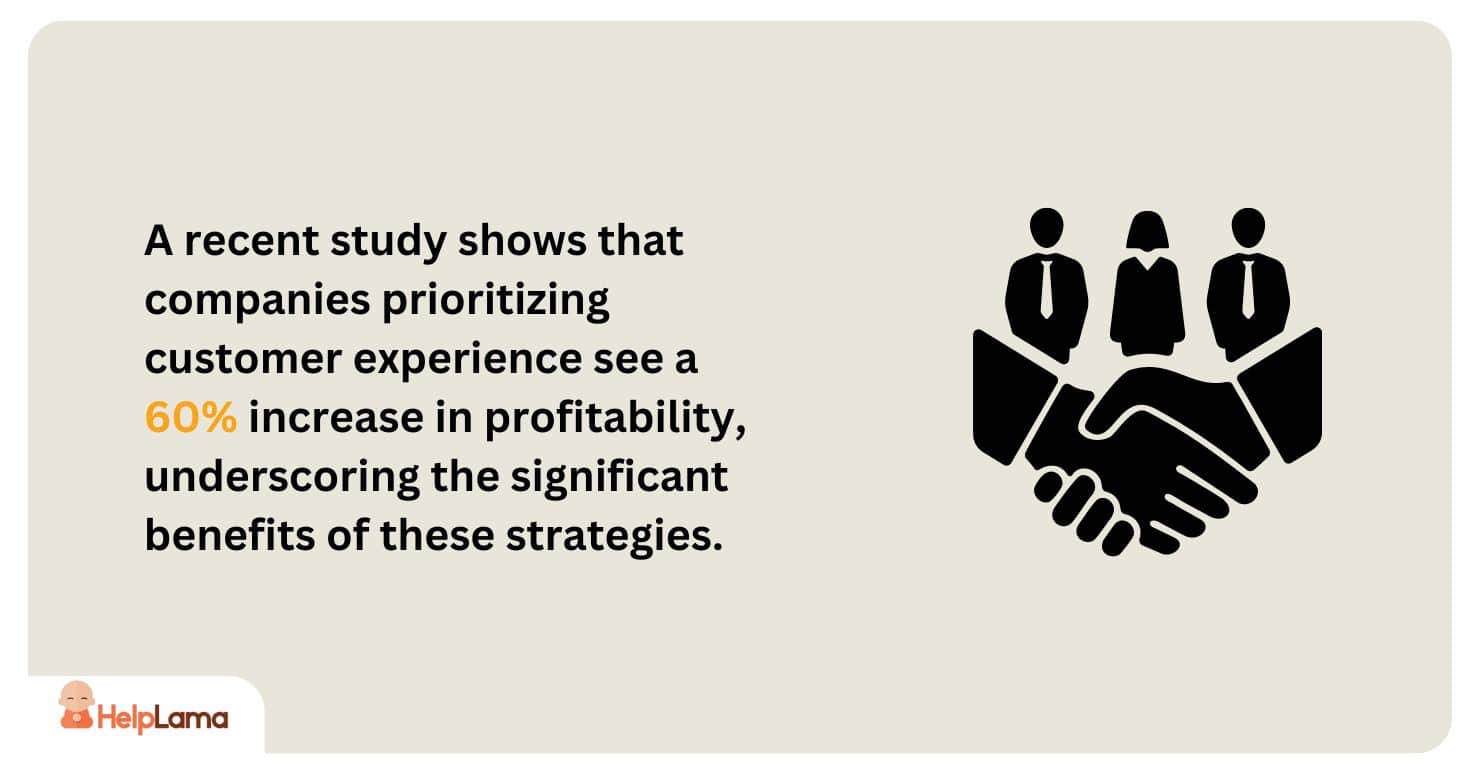
In today’s competitive market, customer experience optimization is indispensable for any business aiming for success. By understanding the customer journey, optimizing touchpoints, leveraging personalization, and continuously testing and iterating, businesses can create exceptional experiences that drive satisfaction, loyalty, and revenue.
Embracing customer experience optimization ensures businesses stand out and thrive in the digital age. A recent study shows that companies prioritizing customer experience see a 60% increase in profitability, underscoring the significant benefits of these strategies.
